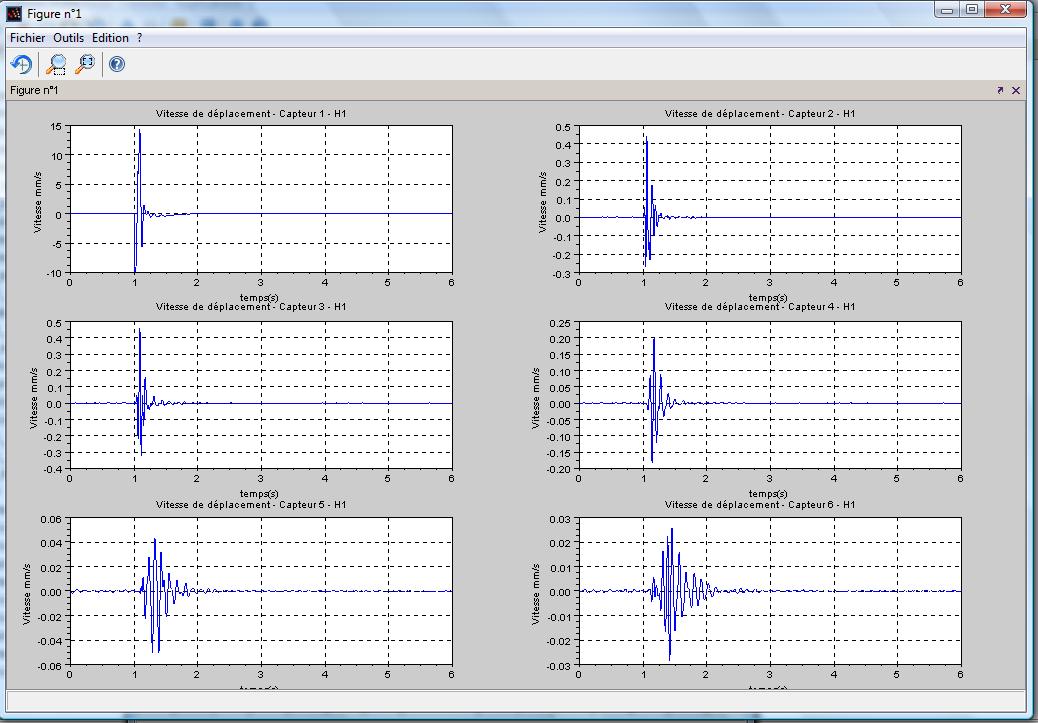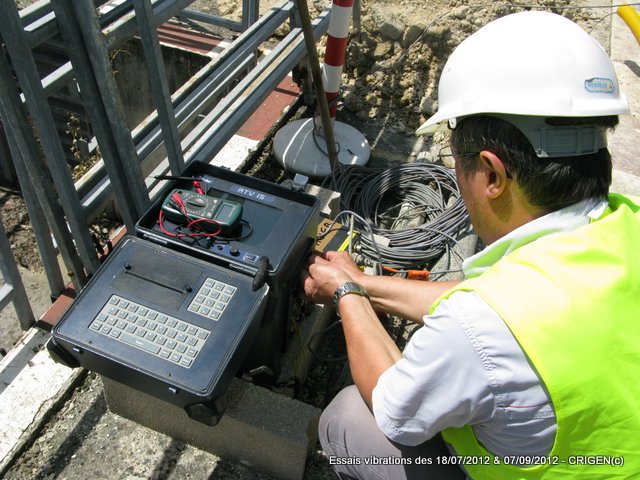 INNOGEO carries out vibratory measures for the study of the effect of vibrations on sensitive structures, installations and fittings. The problematic vibrations are a result of building works or specific structures and equipment. Vibratory sources are many: road or rail traffic, building machines, use of explosives to demolish or excavate, machine tools.
INNOGEO carries out vibratory measures for the study of the effect of vibrations on sensitive structures, installations and fittings. The problematic vibrations are a result of building works or specific structures and equipment. Vibratory sources are many: road or rail traffic, building machines, use of explosives to demolish or excavate, machine tools.
There are often times norms, rules, or manufacturer’s recommendations to follow. The principal rules to follow in France are listed below:
Decree of 22 September 1994 on quarries and facilities for the initial treatment of quarry products.
Some manufacturers or organisations (SNCF, GDF, EDF…) set up their own thresholds. If it is not the case, specific studies are required.
INNOGEO uses multi-sensored vibratory data acquisition chain. The sensors measure the true velocity or particle acceleration, in the three space directions, between 0 Hz and a few hundreds of Hz. All the data is saved on a hard disk for a delayed processing of the signals: temporal analysis, spectrum analysis (FFT), spectral power density, correlation… Treatments can also be done in real time on site.
In some cases, we can use automated acquisition chains with activation and  acquisition depending on a pre-defined threshold, a visual or sound alarm, remote alarm, remote transmission of measures by radio or phone. These channel can be left in automated telesurveillance with a stand-alone power supply unit (battery or solar panel) if necessary.
acquisition depending on a pre-defined threshold, a visual or sound alarm, remote alarm, remote transmission of measures by radio or phone. These channel can be left in automated telesurveillance with a stand-alone power supply unit (battery or solar panel) if necessary.
For excavations and demolitions using explosives, we effectuate test firing with small load and we record the vibrations to calculate the site’s attenuation law depending on the distance and the stress. This law, specific to each and every site, allows us to estimate vibration amplitudes in the vicinity. We can then adapt and finalise firing patterns in accordance with environmental protection demands.

